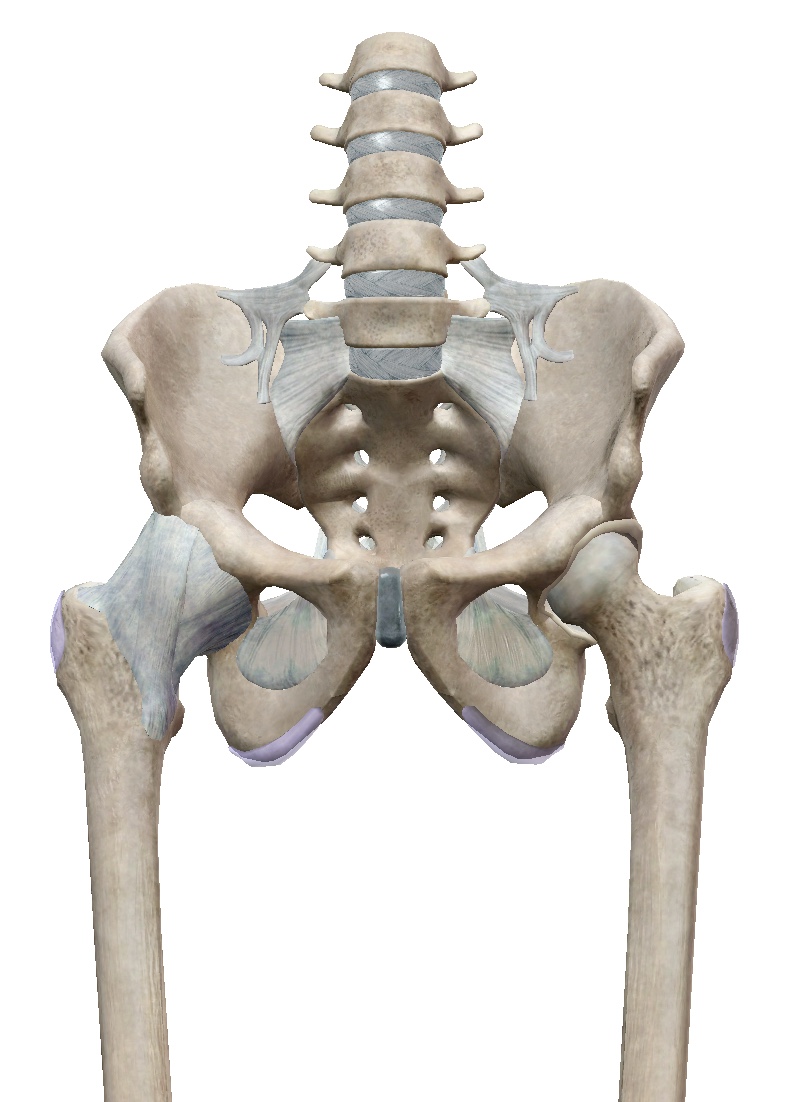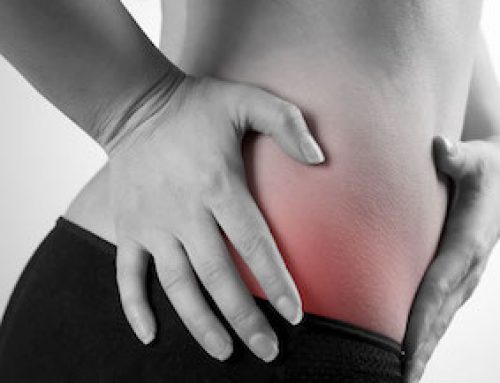Help! I’ve had too many different diagnoses for my hip pain!
 As a physiotherapist with expertise in the management of hip pain and pathology, I often hear the frustration in my patients as they describe to me how many different diagnoses they have received from a variety of doctors, therapists and radiologists.
As a physiotherapist with expertise in the management of hip pain and pathology, I often hear the frustration in my patients as they describe to me how many different diagnoses they have received from a variety of doctors, therapists and radiologists.
It can be very frustrating to be told different things from different people and often leave you in a state of overwhelm as to how to manage this.
Let’s explain and explore in more detail, different diagnosis and their common pain referrals so you can have a better understanding of your hip pain.
If we first start with hip joint related pain which includes pain from Osteoarthritis or FAI or Labral Tear. These conditions involve the hip joint. The hip joint is located in your groin so if you find the outermost wide point of your hip bones and angle your fingers inward, this is where the ball and socket joint actually lies.
Very commonly if you have problems in the hip joint such as Osteoarthritic changes or FAI this can contribute to inflammation or pain associated in the joint and this will give you groin pain.
Osteoarthritic pain is usually experienced as the stiffness first thing in the morning but can also be experienced as a restriction in activities such as putting shoes or socks on. If you experience pain in the groin area with morning stiffness in the joint as well as a restriction in some activities it is commonly associated with Osteoarthritis.
Pain from a Labral Tear or FAI can be described as a sharp catch again in the groin which is usually associated with twisting activities such as sports or with a stretching of the hip joint.
The management of Osteoarthritis or hip joint related problems including FAI or Labral Tear will differ from person to person, depending on what has contributed to the onset of their symptoms. This can include elements such as muscle strength, posture, flexibility as well as looking at a range of medical factors that can influence a patient’s pain.
 If we move now to the outside of the hip, the outermost hip bone, this is where our Trochanteric Bursa lies and is also where our Gluteal Tendons attach. If your Gluteal Tendons are weak that can contribute to the onset of pain on the outside of the hip which is commonly combined with bursitis. Gluteal Tendon problems and Bursitis typically feel pain when lying directly on the hip bone and at night time. Pain can also occur after activities such as walking, especially up hills or stretching the hip.
If we move now to the outside of the hip, the outermost hip bone, this is where our Trochanteric Bursa lies and is also where our Gluteal Tendons attach. If your Gluteal Tendons are weak that can contribute to the onset of pain on the outside of the hip which is commonly combined with bursitis. Gluteal Tendon problems and Bursitis typically feel pain when lying directly on the hip bone and at night time. Pain can also occur after activities such as walking, especially up hills or stretching the hip.
Management for this needs a specific and very targeted strengthening program to address the underlying weakness in the tendon. Read here quick tips to help your bursitis pain! There are many exercises that should be avoided in the presence of tendon problems. If you would like to know more about how to help your tendon pain, click here.
Lastly, pain in the back of the hip or buttock can commonly be related to Sacroiliac Joint Dysfunction or Piriformis Syndrome, it could also be problems related to the lower back or lumber spine.
When the Gluteal Muscles are weak this can contribute to SIJ or lower back pain as these muscles offer support to that joint. So if those muscles aren’t working optimally, this can contribute to excessive load through the Sacroiliac Joint with intermittent sharp pain or a dull ache associated with running, walking, getting out of a chair or rolling over in bed.
Do any of these symptoms sound like you? Have you been diagnosed with one or all of these things?
The problem that can occur is that we are often looking for one problem that is contributing to our hip pain and more often than not there are multiple things occurring at the same time which all need individual assessment and treatment!
If you can imagine a bucket of water with a tap dripping into it, when the bucket reaches its full point and starts to overflow that’s when you can get the onset of pain. Now sometimes for some people there are more than one tap dripping into the bucket, meaning they may have some weakness in their Gluteal which is contributing to SIJ pain, and that weakness is also giving them symptoms of Trochanteric Bursitis, and as a result of this weakness the hip joint has less support and therefore the onset of symptoms in the groin related to labral tear can also occur.
These three different diagnoses do need individual attention and individual management to resolve all of these problems collectively, however the frustration can occur when we simply are trying to seek one diagnosis.
Seeking a thorough assessment from a qualified physiotherapist with expertise in hip pathology can help you form a strategy on how to manage each of these conditions and reassure you that there are sometimes multiple problems that can contribute to your pain. Each of these need a management program in order to assist you to move forward. It is very common for these conditions to occur together because many of the muscles that support the hip also support the SI joint and spine!
I hope this helps explain different areas around the hip and how it can contribute to your pain and symptoms, if you would like to know more please explore here!




Leave A Comment